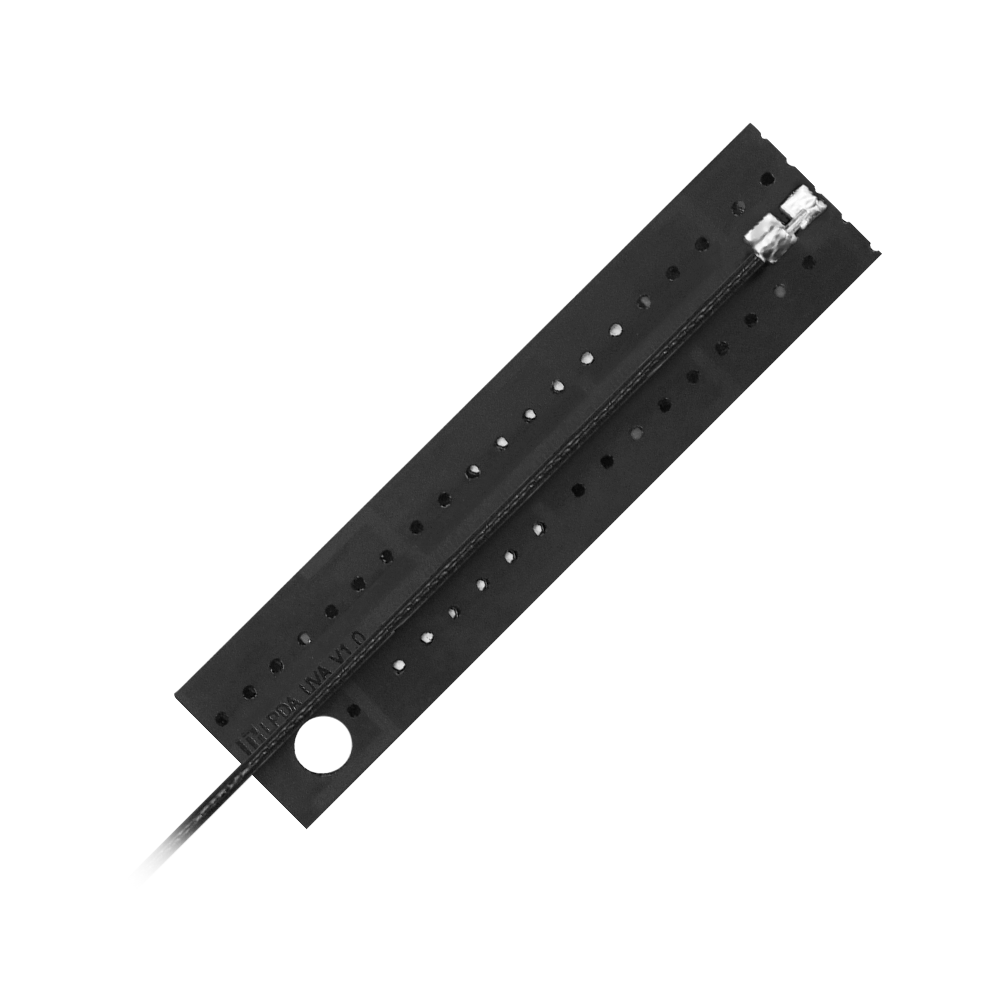In the realm of modern communication systems, RF modules play a pivotal role. These devices are essential for wireless communication, enabling the transmission and reception of radio frequency signals. But what exactly are RF modules, and how do they function? This article aims to provide a comprehensive understanding of RF modules, their components, and their significance in various applications.

What Are RF Modules?
RF modules are compact electronic devices that facilitate wireless communication by modulating and demodulating radio signals. They are commonly used in applications such as remote controls, wireless sensor networks, and IoT devices. The primary function of these modules is to convert digital data into radio waves, which can then be transmitted over the air.
Key Components of RF Modules
Understanding the components of RF modules is crucial for grasping their functionality. Here are the main components:
- Transmitter: This component converts digital signals into radio frequency signals for transmission.
- Receiver: It demodulates the received radio signals back into digital data.
- Antenna: The antenna is responsible for radiating the RF signals into the air and capturing incoming signals.
- Power Supply: RF modules require a stable power source to operate effectively.
How Do RF Modules Work?
The operation of RF modules can be broken down into several steps. Initially, the transmitter encodes the digital data into a modulated RF signal. This signal is then transmitted through the antenna. Upon reaching the receiver, the RF signal is captured and demodulated back into its original digital form. This process allows for seamless communication between devices. Have you ever wondered how your remote control communicates with your television? It’s all thanks to RF modules!
Applications of RF Modules
RF modules are utilized in a wide array of applications, including:
- Wireless sensor networks for environmental monitoring.
- Remote control systems for home appliances.
- IoT devices that require low-power wireless communication.
- Automotive systems for keyless entry and vehicle tracking.
Each of these applications highlights the versatility and importance of RF modules in today’s technology landscape.
Choosing the Right RF Module
When selecting an RF module, consider factors such as frequency range, power consumption, and data rate. Different applications may require specific features, so understanding your needs is essential. For instance, if you are developing a low-power IoT device, you might prioritize modules that offer energy efficiency and extended range.
For more information on RF modules and their applications, visit  .
.
Conclusion
In summary, RF modules are integral components of modern wireless communication systems. By understanding their functionality and applications, you can appreciate their role in facilitating seamless connectivity in various devices. Whether you are a hobbyist or a professional, knowledge of rf modules can enhance your projects and innovations.








